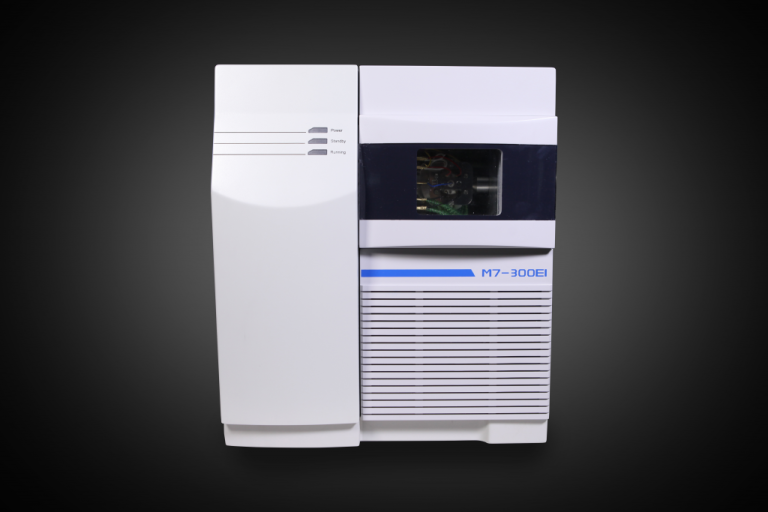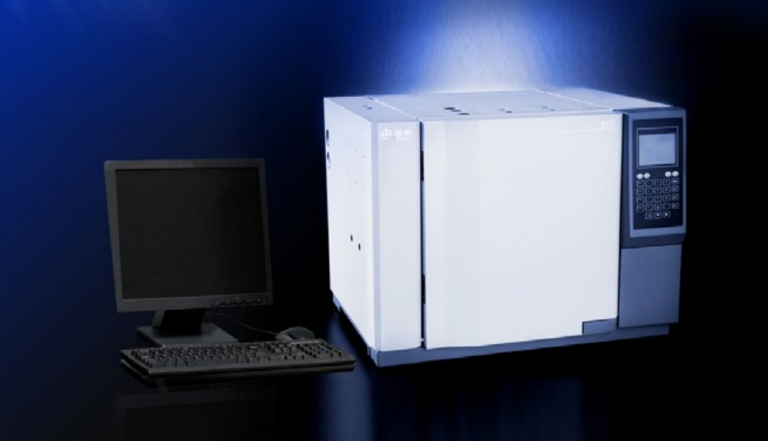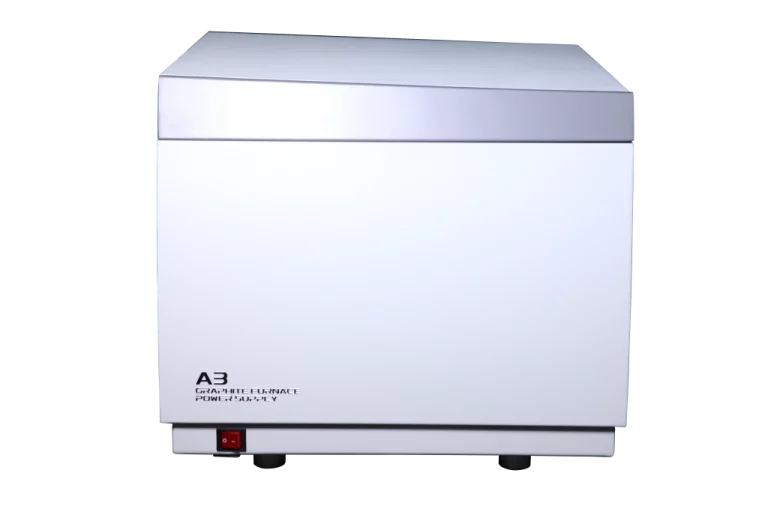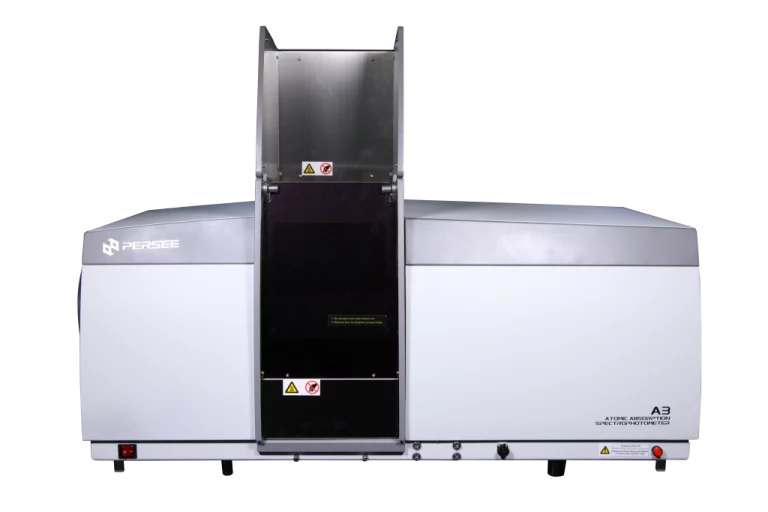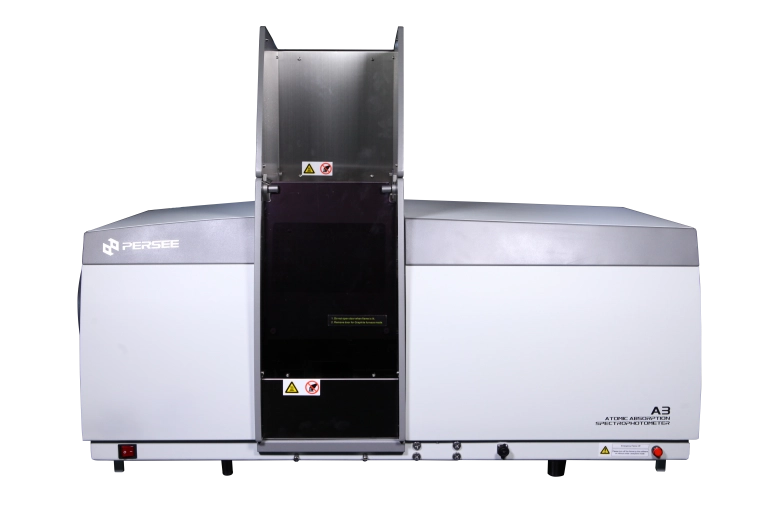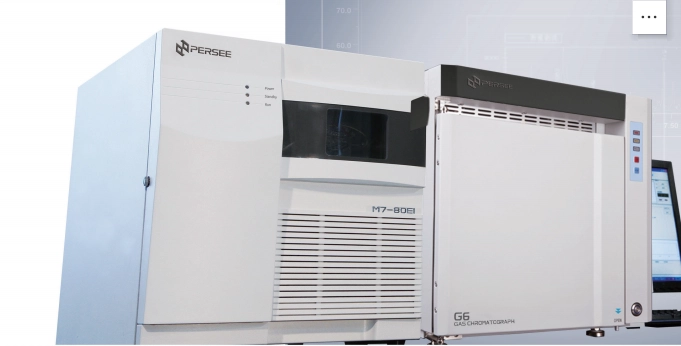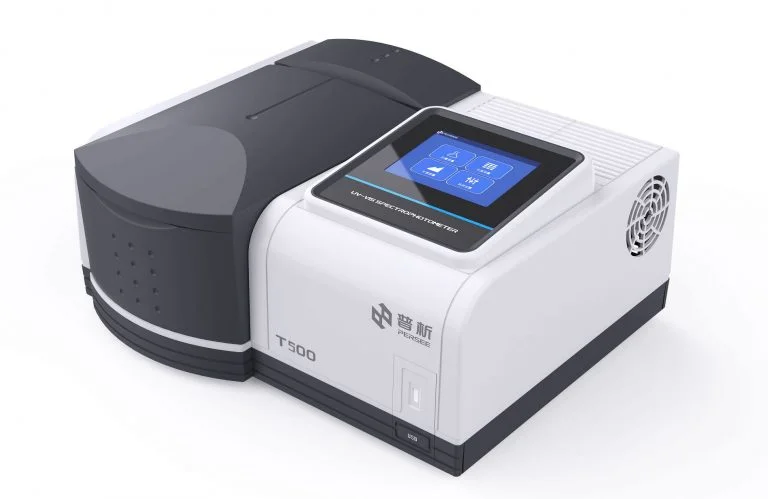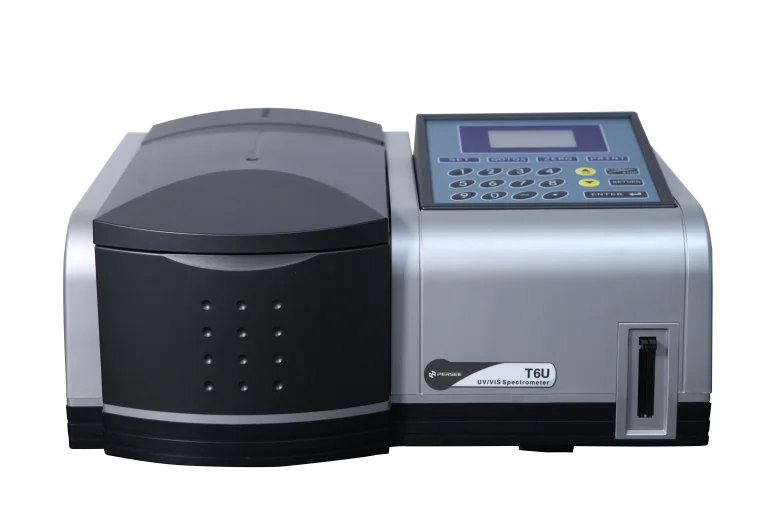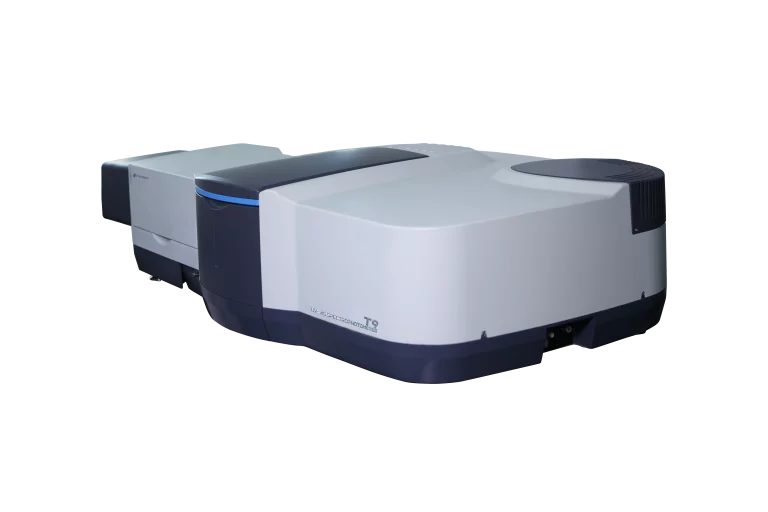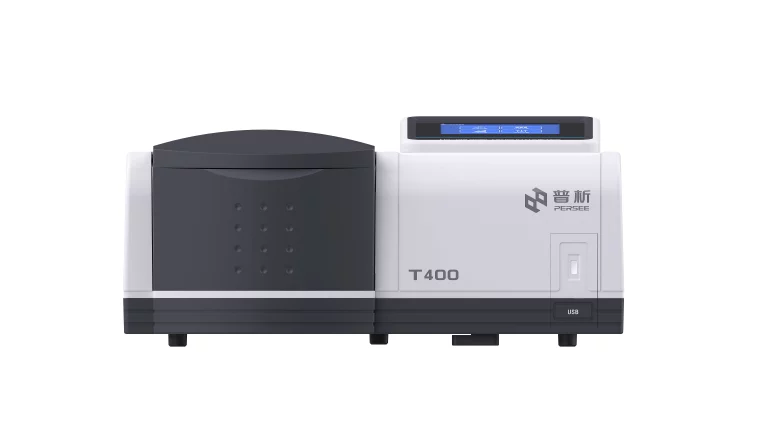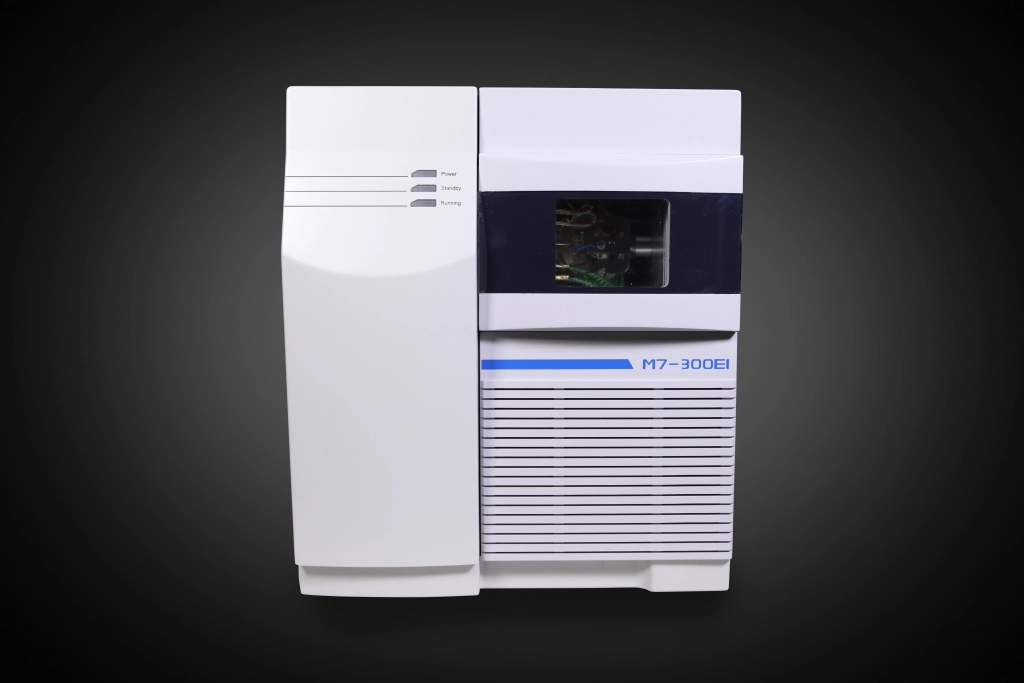
When analyzing molecules in a lab, selecting the appropriate chromatography method is crucial for obtaining reliable results. Size exclusion chromatography (SEC) and high-performance liquid chromatography (HPLC) are two commonly used techniques. Each has distinct advantages. Knowing their differences helps you choose the method that suits your analytical objectives. This blog examines how SEC and HPLC vary in precision analysis. It explores their mechanisms, applications, and practical aspects.
Understanding Chromatography Basics
Before exploring SEC and HPLC specifics, it’s useful to understand chromatography’s core concepts. These methods separate molecules based on their interactions with a stationary phase and a mobile phase. Let’s define each technique to prepare for their comparison.
Defining Size Exclusion Chromatography (SEC)
SEC, also known as gel filtration or gel permeation chromatography, is a method you use to separate molecules by size. It’s especially effective for studying biomolecules like proteins or polymers.
Defining High-Performance Liquid Chromatography (HPLC)
HPLC is a flexible chromatography technique you apply to separate compounds based on properties like polarity or charge. It’s widely used in fields from pharmaceuticals to environmental analysis.
Core Mechanisms and Principles
To grasp how SEC and HPLC differ, you must examine their fundamental mechanisms. Each technique relies on unique principles. These affect how molecules are separated and detected.
How SEC Separates Molecules by Size
In SEC, you use a porous stationary phase. Larger molecules elute quickly. They cannot enter the pores. Smaller molecules take longer. They navigate through the pores. This size-based separation is gentle. It preserves the structure of delicate biomolecules.
How HPLC Achieves Separation
HPLC separates molecules based on chemical interactions with the stationary phase. You can modify the mobile phase composition. This targets specific properties. Such adaptability makes HPLC suitable for varied analyses.
Key Differences in Methodology
The methodologies of SEC and HPLC define their precision and suitability for tasks. Let’s explore how their stationary and mobile phases contribute to these differences.
Stationary Phase and Mobile Phase in SEC
In SEC, you typically use a stationary phase of porous beads, like agarose or silica. The mobile phase is often an aqueous buffer. This ensures compatibility with biomolecules. The setup focuses on size-based separation rather than chemical interactions.
Stationary Phase and Mobile Phase in HPLC
HPLC provides various stationary phases. These include reversed-phase or ion-exchange materials. You can pair them with organic or aqueous mobile phases. This allows customization to your sample’s properties. Such flexibility boosts HPLC’s precision for complex mixtures.
Applications and Precision Analysis
The applications of SEC and HPLC highlight their strengths in precision analysis. Understanding their specialties helps you select the right technique for your needs.
SEC’s Role in Biomolecule Analysis
SEC is a preferred method for analyzing large biomolecules. These include proteins, antibodies, or nucleic acids. Its gentle separation maintains sample integrity. This makes it ideal for studying molecular weight distributions or protein aggregates.
HPLC’s Versatility in Diverse Fields
HPLC excels in applications from drug development to food safety. You can use it to quantify small molecules. It also analyzes impurities or monitors chemical reactions. Its adaptability suits various sample types.
Performance Factors
Precision in chromatography depends on factors like resolution and sensitivity. Let’s compare SEC and HPLC in these areas.
Resolution and Sensitivity in SEC
SEC offers solid resolution for separating molecules by size. However, its sensitivity may be limited for low-concentration samples. You use detectors like UV or refractive index to track elution. These may not detect trace amounts.
Resolution and Sensitivity in HPLC
HPLC often provides greater resolution and sensitivity. Advanced detectors, like mass spectrometry, enhance this. You can adjust conditions to detect small analyte quantities. This makes HPLC ideal for quantitative analysis.
Practical Considerations
When equipping your lab, practical factors like equipment and maintenance affect your choice of technique. Let’s review what you need for SEC and HPLC.
Equipment and Setup for SEC
For SEC, you need a system with a column of porous beads. A pump delivers the mobile phase at a steady flow rate. The setup is simple. However, you must carefully select the column. It should match your sample’s size range.
Equipment and Setup for HPLC
HPLC systems are more intricate. They require high-pressure pumps and precise injectors. You also need various columns. Robust detectors and software manage the data. This increases setup costs. Yet, it enhances analytical capabilities.
Advantages and Limitations
Each technique has strengths and weaknesses. Understanding these helps you evaluate their suitability for your experiments.
Strengths of SEC in Precision Analysis
SEC excels at analyzing large molecules without harsh conditions. You can rely on it to preserve sample stability. This is key for sensitive biomolecules. The setup is also relatively simple.
Strengths of HPLC in Precision Analysis
HPLC’s strength is its flexibility and high sensitivity. You can analyze a wide range of samples. It also provides precise quantification. This makes it a mainstay in many labs.
Limitations of SEC
SEC focuses on size-based separation. This limits its use for small molecules or complex mixtures. You may also struggle with low sensitivity for some analytes.
Limitations of HPLC
HPLC can be challenging to optimize. Its reliance on chemical interactions may harm sensitive samples. You also need to invest in more advanced equipment.
Choosing the Right Technique
Choosing between SEC and HPLC depends on your analytical objectives. Let’s explore when each method is preferable.
When to Use SEC Over HPLC
Select SEC when working with large biomolecules. It offers gentle, size-based separation. This is perfect for characterizing proteins or polymers without altering their structure.
When HPLC Outperforms SEC
Choose HPLC for analyzing small molecules or quantifying impurities. It’s also ideal for complex mixtures. Its flexibility and sensitivity suit diverse applications.
PERSEE: A Trusted Supplier for Size Exclusion Chromatography Solutions
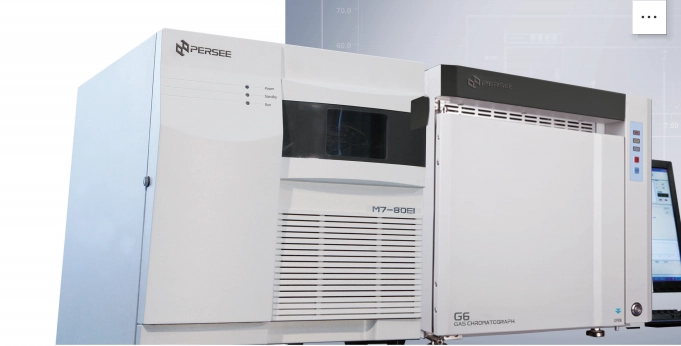
When setting up your lab for SEC, choosing a dependable supplier is vital. 페리 is a reliable provider of analytical instruments. It offers solutions for size exclusion chromatography. With a commitment to innovation and quality, PERSEE provides sturdy systems. These meet the needs of researchers and scientists. Their portfolio includes advanced chromatography equipment. This ensures you have the tools for precise, dependable results in biomolecular analyses.
FAQs About Size Exclusion Chromatography and HPLC
What types of samples are best suited for size exclusion chromatography?
You should use SEC for large biomolecules. These include proteins, antibodies, or polymers. It’s ideal for studying molecular weight distributions or aggregates. It also preserves sample integrity.
Can HPLC be used for biomolecule analysis like SEC?
Yes, you can use HPLC for biomolecule analysis. Techniques like ion-exchange or reversed-phase HPLC work well. However, they may not be as gentle as SEC for sensitive samples.
How do I choose between SEC and HPLC for my lab?
Consider your sample type and analytical objectives. Use SEC for size-based separation of large molecules. Choose HPLC for versatile, high-sensitivity analysis of diverse compounds.

